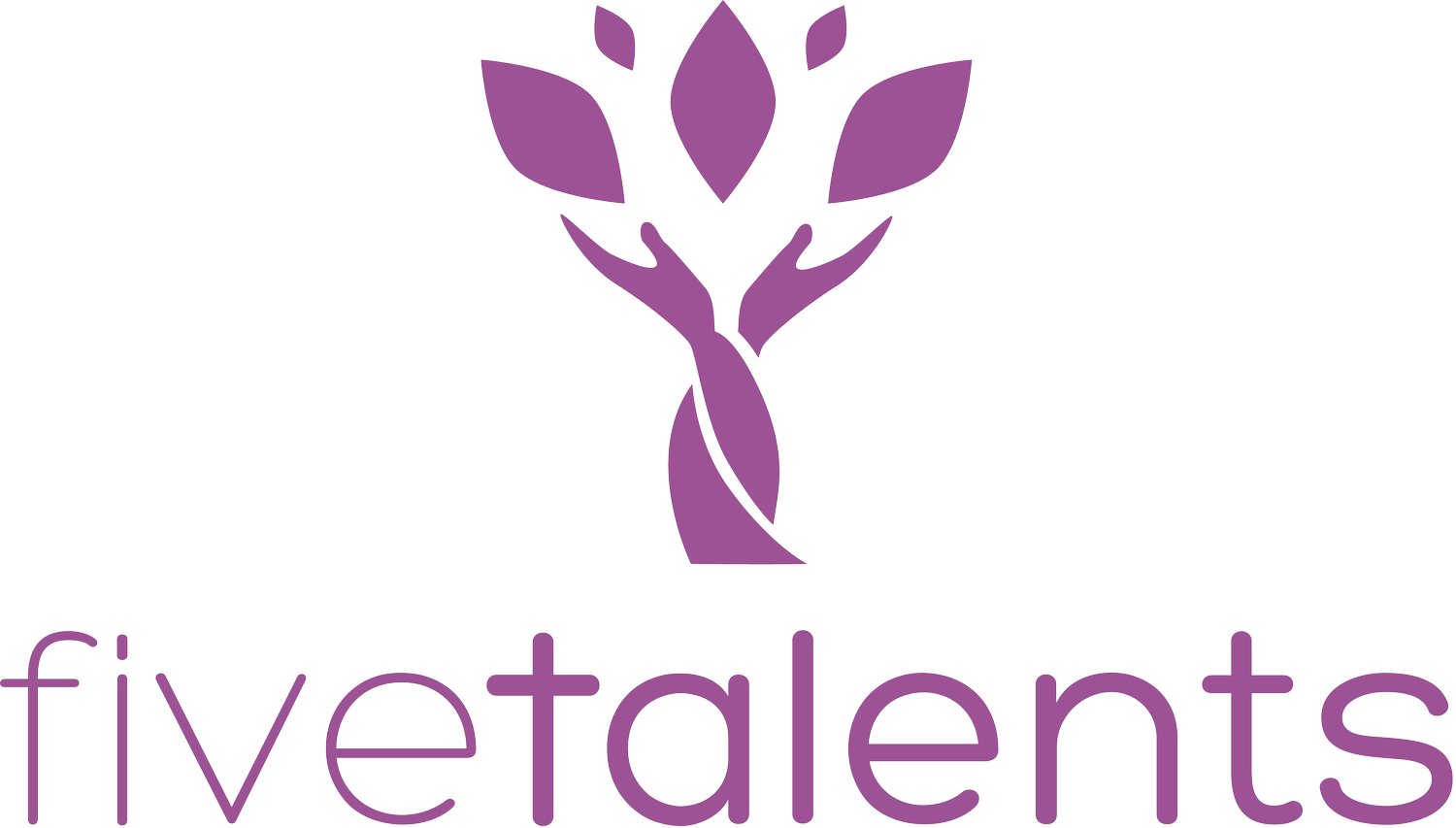Recently, the Washington Post ran a story about the growing attention being given to microsavings. Here at Five Talents, we were delighted to see the story because it affirms the work we've been doing for years. It also communicates a powerful truth: that learning to save can transform one's life – even in communities where women and men do not have access to traditional banks.
"There's a common, misguided, knee-jerk reaction that if you're poor, you have no assets to save," Dean Karlan, a Yale economist, told the Post. "People who are poor obviously save less, but they still save."
We've seen this for years in our Burundi program, which has helped thousands of women and men join savings groups and build wealth where, previously, they had none. Other Five Talents programs – including ones in South Sudan, Myanmar and Bolivia – also feature the group-led savings model.
In the case of Five Talents, however, these savings "circles," as the Post calls them, are far more than glorified piggy banks. They are microcosms of self-government and hubs for compassionate community outreach.
I saw this first-hand during my recent trip to Burundi.
Each group has a constitution (a list of rules) that is created and agreed upon by the members themselves. The rules cover everything from the number of women and men who may participate in a single group, to conditions regarding savings deposits and loan disbursement. Group members also determine their own interest rates and penalty fees.
This self-determination does wonders for members' self-esteem, and it encourages discipline and order that members can then model in their individual homes.
Even more amazing, though, is what these groups are able to accomplish for others in their community. Most savings groups in Burundi create an emergency fund, which they will only tap when the group collectively identifies a needy individual in their community – often someone who is not even a part of their circle.
We need to keep in mind that the women and men in these groups have their own challenges to overcome – cobbling together a living by selling palm oil or growing a few vegetables; caring for a sick child; repairing a hole in the roof of their hut. Yet they are choosing to set aside a portion of their savings for others in their community.
One of the most powerful examples of this that surfaced during my trip came when a woman named Monica told us how a savings group had taken her under their wing.
She is a mother a four, and when a man carried away her eldest daughter, who was pregnant, a few group members went out and brought the young woman back to safety. Later, they also paid 5,000 Burundian francs (about $3) for the baby's medical care and provided Monica with seeds for her subsistence farming when she could not afford them.
Even though Monica had not been saving through the group, the members counted her as one of their own. "I was not able to feed my kids," she said, but because of the generosity of the savings group, "now I am able to send them to school."
Through their compassionate actions, the group members have added another story of transformation to the expanding narrative of hope and community development that we are seeing in Burundi.
Microsavings isn't just about money. It's not just a piggy bank that women and men living in poverty can use to incrementally increase their wealth. Microsavings is empowering individuals. And it is contributing to the development and strengthening of entire communities in some of the world's poorest regions.

